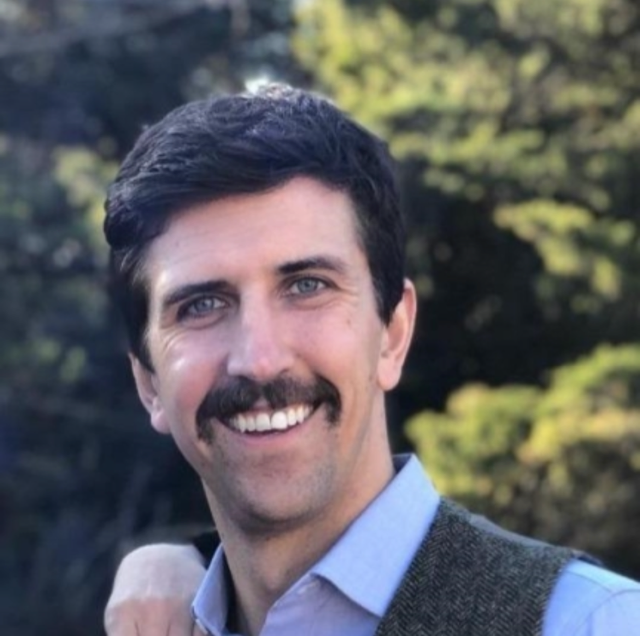
Robert "John" Montgomery
Post-Doctoral Fellow, Research & Innovation
John is Airbel's Constrained Optimization Fellow. He holds a Ph.D. from University of Chicago in Operations Management - the study of math to make better decisions. He joins the team as a post-doc, and is using his expertise and skillset to enable our priorities to tackle our problem sets with a new lens and a set of mathematical approaches. His research has focused on healthcare access in remote or challenging settings. His thesis is on inventory management policies for last-mile supply chains experiencing frequent disruptions. He has also conducted research on selecting maternal and neonatal health interventions, patient queue systems, and methods for expanding organ access for transplantation. He lives in North Pole, Alaska.
Current research:
Community Health Assistant iCCM medication disbursement in Liberia: A Brownian motion inventory model
Measuring the queueing effect on spending for temporary housing in refugee resettlement programs
Analysis of a climate resilient seed multiplication model in Pakistan
Disaster risk calibrated option pricing for dispersing cash in Anticipatory Action programs
Optimal mixing model for context adaptable locally produced ready-to-use therapeutic food for malnourished children
A constrained optimization approach to program prioritization in Emergency Response settings
Publications
-
Last-mile Delivery of Malaria Prevention Products in The DRC: An Inventory Management Model Under Supply Chain Disruptions.
This paper studies inventory management policies to improve the last-mile delivery of healthcare products in remote settings prone to supply chain disruptions. It is motivated by the need for a reliable and cost-effective delivery system to resupply new mosquito-repellent products to combat malaria in the Lake Tanganyika region of The Democratic Republic of the Congo. The primary delivery methods used around Lake Tanganyika can become inoperable during periods of flooding, machinery breakdowns, and armed conflict. To ensure continuous coverage, our model allows for emergency delivery methods, with high variable costs, to be used during disruptions. In normal operating times, we use a large-capacity fixed-cost delivery method. We model the changes in the operating environment between normal and multiple disruption states using a Markov chain with disruption-specific parameters.
External link -
A Constrained Optimization Approach to Improving a Maternal and Neonatal Community Health Program in Galmudug, Somalia.
Community Health Workers are often burdened with responsibilities to deliver large packages of services, at times without sufficient human, financial, or health resources. To design a community-level program that saves maternal and newborn lives while operating within certain resource limitations, we used constrained optimization (a mathematical process for finding the solution to a stated objective while accounting for listed requirements) to construct a model for select villages in Galmudug State, Somalia. After establishing the resource requirements for delivering 25 evidence-based maternal and neonatal interventions, we used the Lives Saved Tool (LiST) and optimization techniques to determine the package of care that leads to the most projected lives saved.
External link -
Transporting Live Donor Kidneys for Kidney Paired Donation: Initial National Results.
Optimizing the possibilities for kidney-paired donation (KPD) requires the participation of donor-recipient pairs from wide geographic regions. Initially it was envisaged that donors would travel to the recipient center; however, to minimize barriers to participation and simplify logistics, recent trends have involved transporting the kidneys rather than the donors. The goal of this study was to review outcomes of this practice. KPD programs throughout the United States were directly queried about all transplants involving live donor kidney transport.
External link